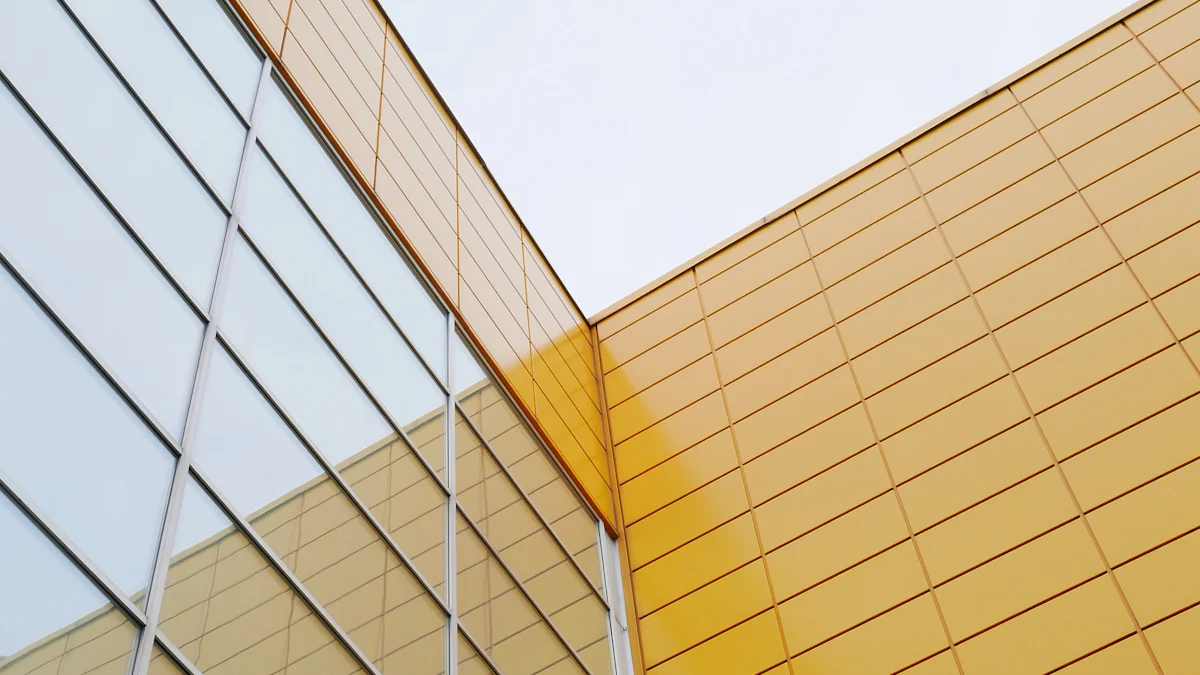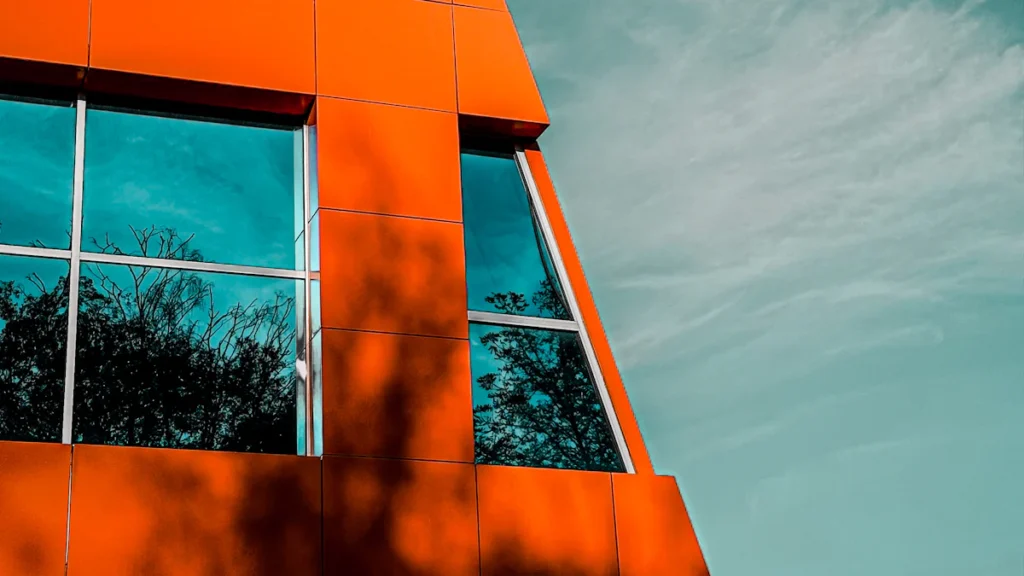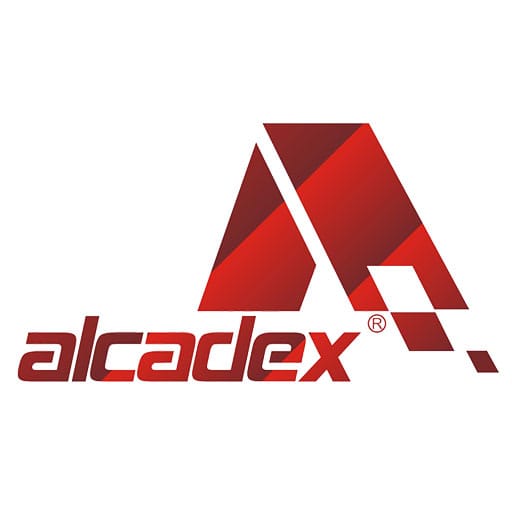
28 Jan The Ultimate Guide to ACM and ACP Differences
Table of Contents
- 1 What Are ACM and ACP?
- 2 Key Differences Between ACM and ACP
- 3 Use Cases for ACM and ACP
- 4 How ACM and ACP Work Together
I often see materials that change modern building methods. One useful material is aluminum composite material (ACM). It is light and strong, perfect for many building uses. Aluminum composite panels (ACP) are a type of ACM. These panels are used on walls because they look nice and resist weather. The main difference is their use. ACM is the general material, while ACP is one way to use it.
What Are ACM and ACP?
What Is ACM?
Definition of ACM
Aluminum composite material (ACM) is important in construction. It has two aluminum layers with a non-metal core. This design makes it strong and special. ACM is light but tough, perfect for modern building needs.
Properties of ACM
ACM has many great features. It does not rust, so it lasts longer. It is light, making it easy to carry and install. Its smooth surface looks nice and can be painted well. ACM can also be shaped into different designs, making it very useful.
Applications of ACM in Construction
ACM is used in many building projects. Architects use it on building exteriors for a modern look. It is also used for signs because it is strong and colorful. Inside buildings, ACM is used for walls or decorative panels.
What Is ACP?
Definition of ACP
Aluminum composite panels (ACP) are a type of ACM. These panels are made and ready to use in building projects. ACP has two aluminum layers with a core, like ACM. But ACP is mainly used for walls and other building surfaces.
Features of Aluminum Composite Panels
ACP has special qualities:
- It is flexible, strong, and works for many projects.
- It resists water and chemicals, so it lasts in bad weather.
- It is light, which lowers work costs during setup.
- It comes in many colors, making buildings look better.
Common Uses of ACP in Architecture
ACP is often used for wall coverings. It protects buildings from weather and looks modern. It is also used inside buildings for walls and ceilings. Its light weight and strength make it great for both outside and inside uses.
Key Differences Between ACM and ACP
Material Composition
Core Materials in ACM
The core in ACM panels can be different. Some use lightweight materials like polyethylene or polyurethane. These are easy to handle but can catch fire. Others use stronger cores like mineral-filled polymers or honeycomb designs. These newer cores resist fire and last longer. The core type affects how the panels work in buildings. For example, fire-safe cores make ACM better for tall buildings.
Core Materials in ACP
ACP panels often have polyethylene cores. This makes them light and simple to use. But they don’t resist fire as well as ACM cores. That’s why ACP is used for ceilings or building fronts. These areas don’t always need high fire resistance.
| Type | Core Material | Applications |
|---|---|---|
| ACP | Usually polyethylene | Ceilings, building fronts |
| ACM | Fire-safe or non-flammable cores | Cladding, signs, and more |
Purpose and Applications
Versatility of ACM
ACM can be used in many ways. It works for cladding, signs, and more. This makes it popular with architects and designers. They use ACM for both strong and decorative purposes.
Specific Uses of ACP
ACP is more focused. It’s ready to use right away. It’s great for ceilings and building fronts. Its light weight and weatherproof design make it perfect for these jobs. While ACM has more uses, ACP is made for specific tasks.
Customization and Design
Customization Options for ACM
ACM panels can be changed in many ways. They can be painted, textured, or shaped into cool designs. This helps architects create unique looks. Whether bold or simple, ACM fits the design.
Design Flexibility of ACP
ACP is easy to shape and cut. It can be bent or folded for creative designs. Architects use ACP to make modern and stylish projects. Its flexibility adds a fresh look to any building.
Durability and Strength
Strength of ACM
ACM panels are strong and useful in many ways. They can handle strong winds, making them dependable in tough weather. These panels resist fire and water, lasting in different climates. Even in bad weather, they stay strong and don’t break. Architects like ACM because it is safe and supportive. It also lasts a long time, making it great for building projects.
Lightweight Nature of ACP
ACP is light but still very strong. It doesn’t get damaged by bad weather and stays solid. This makes it perfect for outside walls and coverings. Its light weight makes it easy to install, saving time and money. Builders use ACP when they need quick and simple setups. Its strength and easy use make it popular for many designs.
- Key Features of ACM and ACP Durability:
- ACM resists fire and water, lasting a long time.
- ACP stays strong in bad weather and doesn’t break.
- Both materials are light but give great support.
These features make ACM and ACP important for today’s buildings. They are strong, reliable, and flexible for creative designs.

Use Cases for ACM and ACP
Applications of ACM
Architectural Facades
ACM panels are often used on building exteriors. They look modern and smooth, improving the building’s appearance. These panels are light but strong, so they are easy to install. Architects like ACM because it lasts long and resists weather and sunlight. ACM can also come in many colors and textures, making designs unique and creative.
Signage and Displays
ACM is a popular choice for signs and displays. It is light, so it’s easy to move and set up. It is also strong, so it works well outdoors. Businesses use ACM for signs because it stays nice over time. ACM can be shaped and painted to match logos or designs. It works great for both indoor and outdoor displays.
Applications of ACP
Wall Cladding
ACP is often used to cover walls in new buildings. It looks nice and protects walls from bad weather. Both homes and offices use ACP because it is light and strong. It is quick to install, saving time and money. ACP is a good choice for outside walls because it handles weather well.
Interior Design
ACP is also great for inside spaces. It is used for walls, ceilings, and room dividers. Its smooth surface and different finishes help create stylish designs. Offices often use ACP for a modern look that lasts. It is light and easy to work with, fitting into many design ideas.
Combined Use Cases
Integrated Use in Modern Architecture
ACM and ACP are often used together in modern buildings. ACM might cover the outside, while ACP is used inside for walls or ceilings. This creates a matching design for the whole building. Using both materials helps make buildings strong and stylish.
Examples of Projects Using Both ACM and ACP
Many famous buildings use both ACM and ACP. For example, ACM might be on the outside for a sleek look, while ACP is inside for walls or decorations. Some public buildings use ACM for sound barriers and ACP for ceilings. Together, these materials are flexible and strong for many uses.
How ACM and ACP Work Together
The Relationship Between ACM and ACP
ACM as the Base Material for ACP
ACM is the main material used to make ACP. Its core materials, like fire-safe fillers or honeycomb designs, improve safety. These cores help ACP follow strict fire rules in buildings. For example, ACM is often used on walls to make them safe and strong. This shows how ACM’s flexibility makes it perfect for creating ACP.
ACP as a Specialized Form of ACM
ACP improves ACM’s features for specific jobs. It can handle strong winds and avoid dents from bad weather. Its light weight makes it easy to set up, saving money. ACP also comes in many colors and finishes, making it great for stylish designs. It’s low-cost to maintain and eco-friendly, which is good for many projects.
Benefits of Using ACM and ACP Together
Enhanced Aesthetic Appeal
Using ACM and ACP together allows for creative building designs. ACM’s colors and finishes match well with ACP’s ability to form unique shapes. Together, they make buildings look modern and attractive. This mix improves both the outside and inside look of buildings, creating a neat and stylish appearance.
Improved Structural Integrity
ACM and ACP together make buildings stronger. ACM is light, so it doesn’t add much weight to tall buildings. ACP is tough and protects against weather damage. This mix keeps buildings strong and looking good for a long time with little care needed.
Challenges in Using ACM and ACP
Cost Considerations
ACM and ACP can cost more depending on quality and brand. Fancy finishes and custom designs can raise the price. But these costs are worth it because they last long and need little upkeep. Over time, they save money by staying strong and durable.
Environmental Impact and Sustainability
ACM and ACP are recyclable, which helps the environment. But making them uses a lot of energy and creates pollution. Mining aluminum can also harm nature. Still, their long life and energy-saving features lower a building’s energy use. With careful planning, they can meet eco-friendly building goals.
Knowing how ACM and ACP differ helps in construction decisions. ACM is a flexible material used to make aluminum panels. ACP is a ready-made product for walls and ceilings.
| Feature | ACP (Aluminum Composite Panel) | ACM (Aluminum Composite Material) |
|---|---|---|
| Definition | A panel used for walls and ceilings. | A material used to create different products. |
| Applications | Mostly for ceilings and building walls. | Used in many building and design projects. |
| Properties | Strong, flexible, and lasts a long time. | Also strong and flexible, with unique benefits. |
| Choice Factors | Pick based on looks, strength, and building rules. | Choose depending on project needs, like ACP. |
Both materials help make buildings eco-friendly.
- They save energy by keeping buildings efficient.
- They last long and need little fixing.
- Made from recyclable parts, they cut down waste.
ACM and ACP together make buildings strong and modern. Architects use both to create designs that are useful and beautiful.


